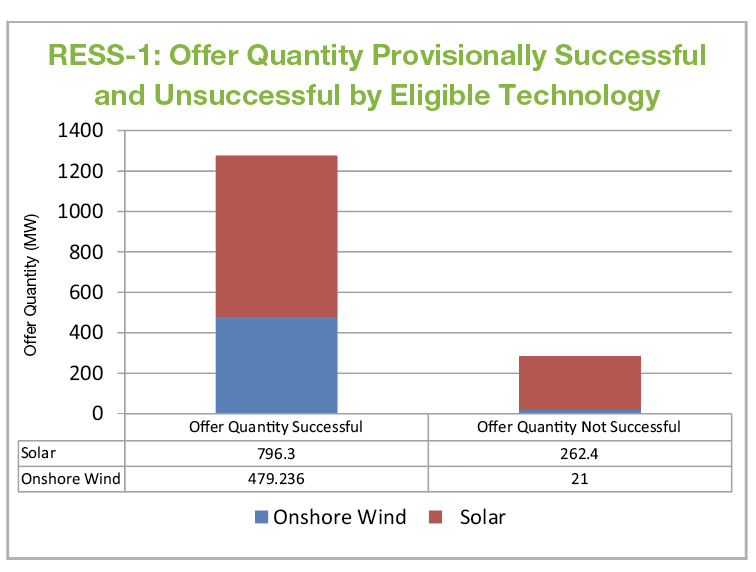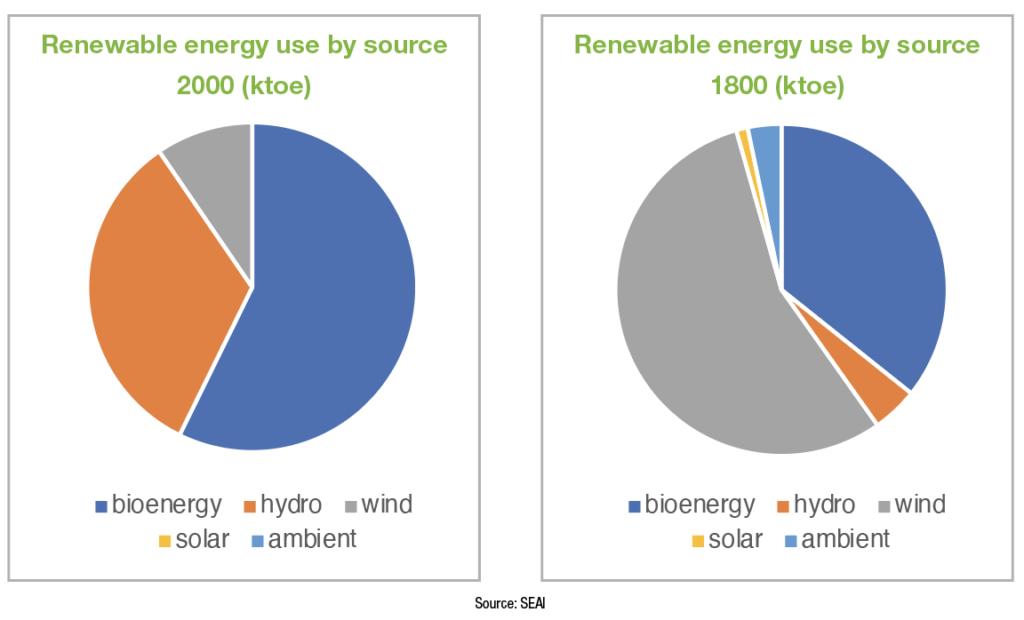
Solar shines bright in 2020
8th December 2020
Renewable generation: Power to deliver on economy and decarbonisation
8th December 2020Putting solar PV in the mix
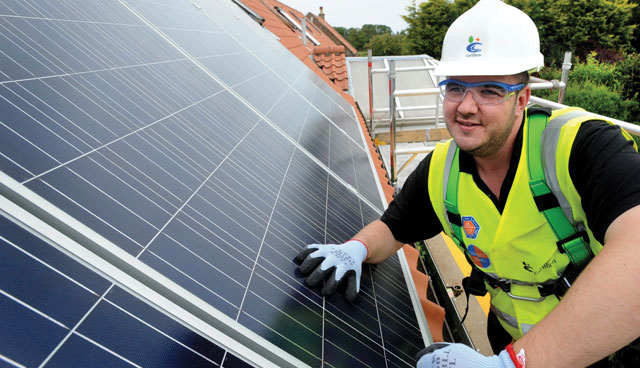
Incentivising the microgeneration of energy through solar PV could be the key to diversifying Ireland’s energy mix.
The potential future role of solar energy in Ireland’s move to be carbon neutral in 2050 was indicated by the volume of solar projects successful in Ireland’s first RESS-1 project. However, probably more indicative of the future role of solar PV is that five of the seven landmark community projects to be successful in the auction were solar projects.
With Minister Eamon Ryan indicating a desire to see even greater levels of community project success in future auctions, community microgeneration looks set to avail of long-term government support.
“We have exceeded our target for community projects participation. Seven communities are being supported to produce their own power and share in the ownership of Ireland’s energy revolution, while inspiring others to follow. We expect that our next auction will have a higher share of community-based renewables,” the Minister stated, following the RESS-1 auction.
A total of 63 solar projects totalling over 1,000 MW (767.3 GWh) were awarded contracts in the RESS-1 auction, marking the first major move of solar farms into Ireland’s renewable energy mix.
The successful solar PV projects range in size from 0.5MW to 119MW with the most common project size of 4MW making up around half of the successful projects.
The potential of solar has been underpinned by dramatic improvements in costs. Between 2010 and 2019, the average cost of a solar panel fell by some 86 per cent, however, despite this, solar plays a minimal role in Ireland’s current energy mix. Solar PV makes up just 0.1 per cent of Ireland’s total renewable electricity, according to SEAI’s 2020 Renewable Energy in Ireland update, compared to other technologies which are considered more immature such as hydro (2.2 per cent) and bioenergy (1.7 per cent). Solar PV also has a role in heat in Ireland, but again this is minimal. SEAI estimates that 14 ktoe of thermal energy from solar thermal panels was produced in Ireland in 2018, all in the residential sector. This made up just 4 per cent of all renewable heat energy.
Ambitions to develop the solar energy sector in Ireland predate the new Government. Ireland’s 2017 National Mitigation Plan outlined a pathway towards decarbonisation for the first time in the country’s history and highlighted a sharp decline in costs of solar photovoltaic globally, with increased levels of solar and microgeneration technologies offering further contributions to Ireland’s renewable energy portfolio.
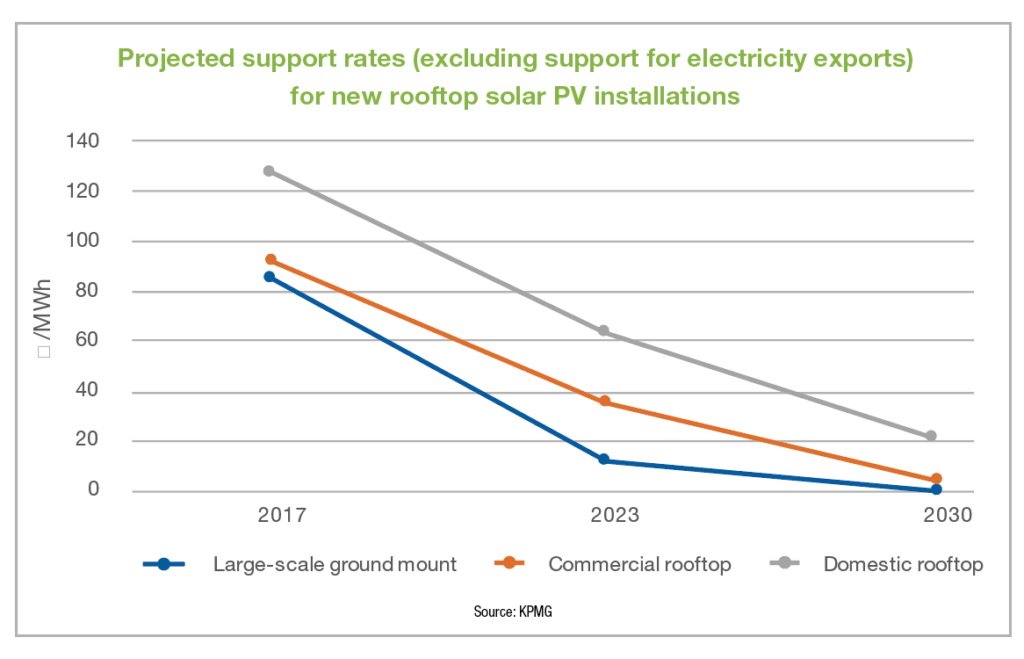 The 2019 Climate Action Plan pledged €3.7 million to supporting the installation of solar panels in homes, aiming to further cultivate a commitment to domestic solar power.
The 2019 Climate Action Plan pledged €3.7 million to supporting the installation of solar panels in homes, aiming to further cultivate a commitment to domestic solar power.
“While the recent RESS-1 auction signalled the first government-backed deployment at scale of solar, probably more important is its desire to advance a policy framework to advance solar PV.”
While the recent RESS-1 auction signalled the first government-backed deployment at scale of solar, probably more important is its desire to advance a policy framework to advance solar PV. The Programme for Government included an ambition of “expansion and incentivising of microgeneration including rooftop solar energy” and pledged to conclude its review into the current planning exemptions relating to solar panels.
This ambition is set to be underpinned by the country’s first Solar Energy Strategy for rooftop and ground-based photovoltaics, which the government says will “ensure that a greater share of our electricity needs are met through solar power”.
Ireland had an installed solar PV capacity of 29MW in 2018 but it is estimated that 1,500MW is achievable by 2022. The ISEA estimates that 2GW of solar power could create over 7,000 jobs whilst meeting 7 per cent of the country’s electricity demand.
Solar PV’s position as a renewable technology that can be integrated into the built environment makes it an ideal contender for urban-based energy projects. Conversely, the non-intrusive nature of the technology also presents itself as suitable for deployment in large projects in rural areas.
The Government’s decision to kickstart the solar industry will also have been shaped by happenings in a more global context. In 2016, the global solar PV market grew by 50 per cent meaning that solar surpassed wind in terms of annual installations for the first time. Solar PV deployment has also been recognised for its job creation potential. As Ireland seeks to embark on a green recovery as it emerges from the Covid-19 pandemic, the fact that a move by the US to double its annual PV installation in 2016 led to one in every 50 new jobs being created in the solar sector is not insignificant.
Likewise, confidence in the technology can be gained through global comparisons. China, the world’s largest manufacturer of solar panel technology, has more installed solar energy capacity than any other country in the world, at 130GW.
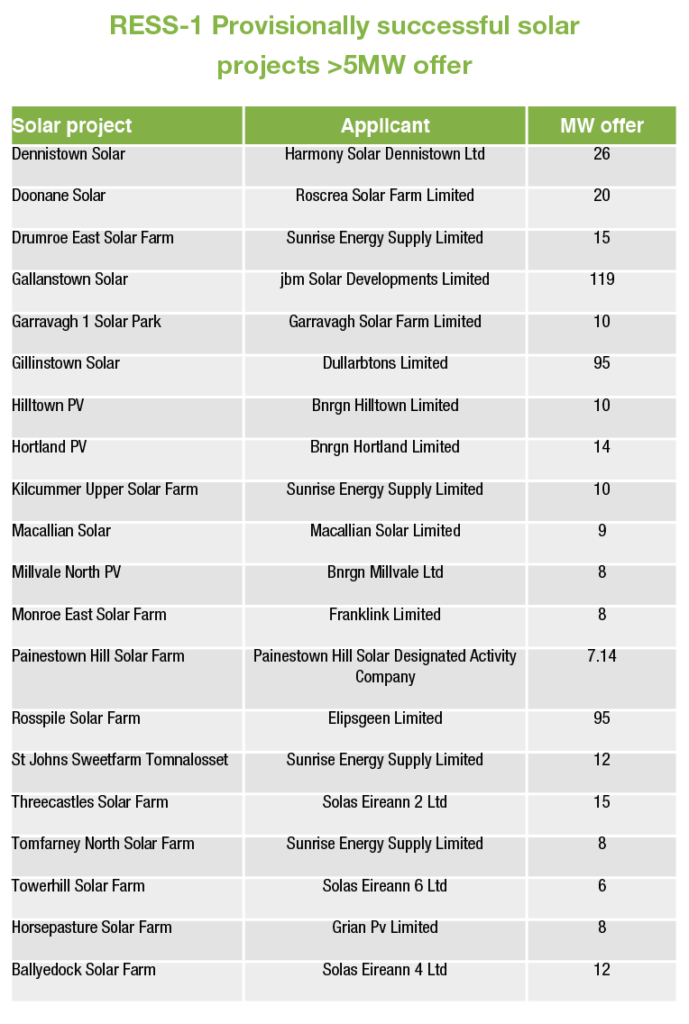 Of course, Ireland’s ambition to see solar PV’s contribution to the energy mix does face challenges, especially where microgeneration is concerned. In order for Ireland’s transition to be a just one, generators must recognise benefits not only environmentally but also economically. While a greater renewable mix on the electricity system will drive down electricity costs for consumers, a desire to see consumers actively engage with the system, is viewed as another tool to ensure public support for the transition. Being able to connect renewable technology to the grid and sell excess generation will play a big part in the viability of solar PV in domestic settings. However, enhancing the volume of connections and managing a more intermittent supply of energy will also pose a massive technical challenge to EirGrid, the system operator.
Of course, Ireland’s ambition to see solar PV’s contribution to the energy mix does face challenges, especially where microgeneration is concerned. In order for Ireland’s transition to be a just one, generators must recognise benefits not only environmentally but also economically. While a greater renewable mix on the electricity system will drive down electricity costs for consumers, a desire to see consumers actively engage with the system, is viewed as another tool to ensure public support for the transition. Being able to connect renewable technology to the grid and sell excess generation will play a big part in the viability of solar PV in domestic settings. However, enhancing the volume of connections and managing a more intermittent supply of energy will also pose a massive technical challenge to EirGrid, the system operator.
Additionally, solar as a technology, like most other renewables will not avoid the challenge of falling fossil fuel prices. The global economic slowdown has seen fossil fuel prices fall dramatically, making the competitiveness of renewables more challenging. However, with most countries looking to the long-term, electricity generation from solar is set to continue. The pace of recovery of the sector will be dependent on the pace of economic recovery and the supporting government policies.

